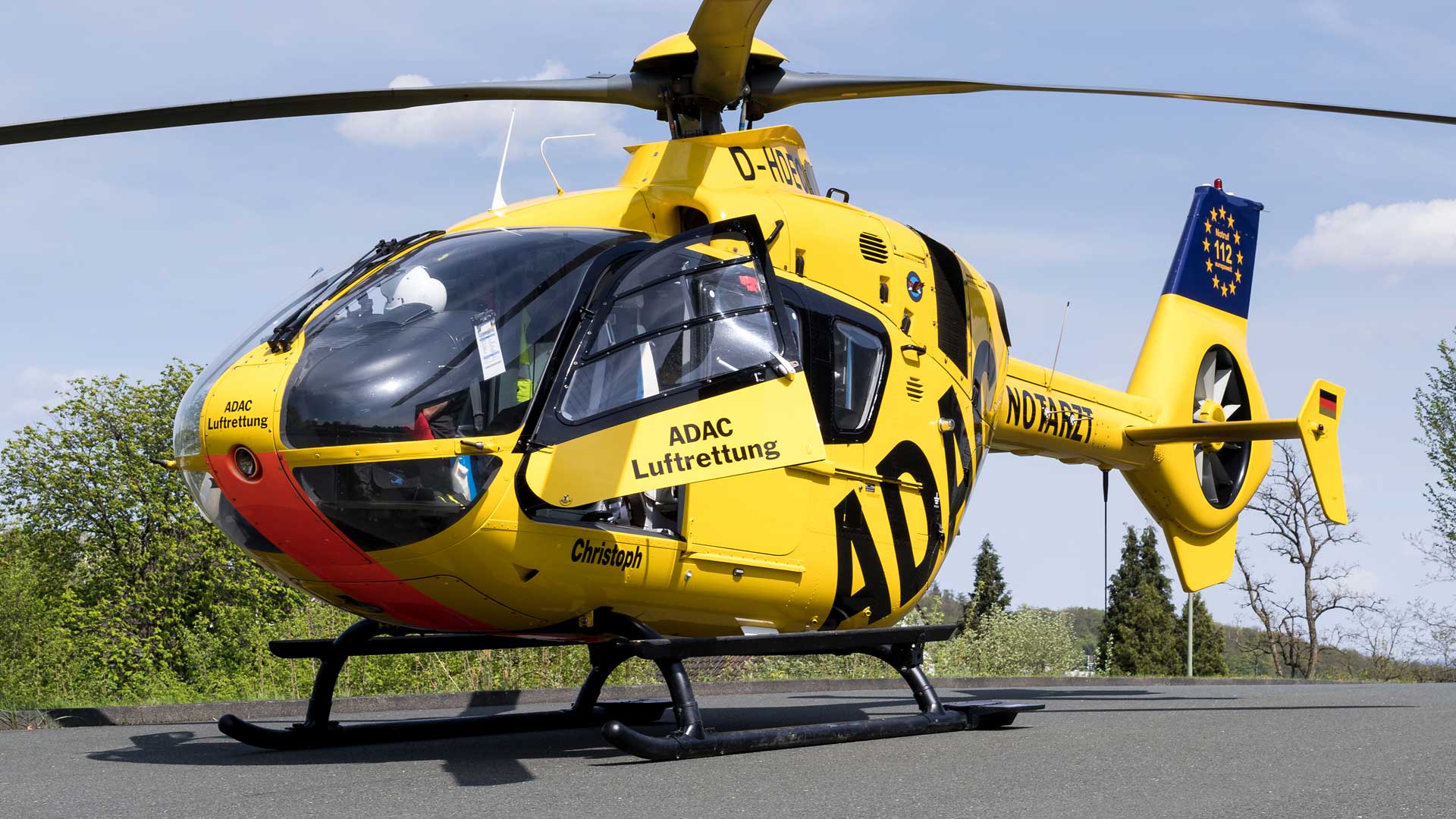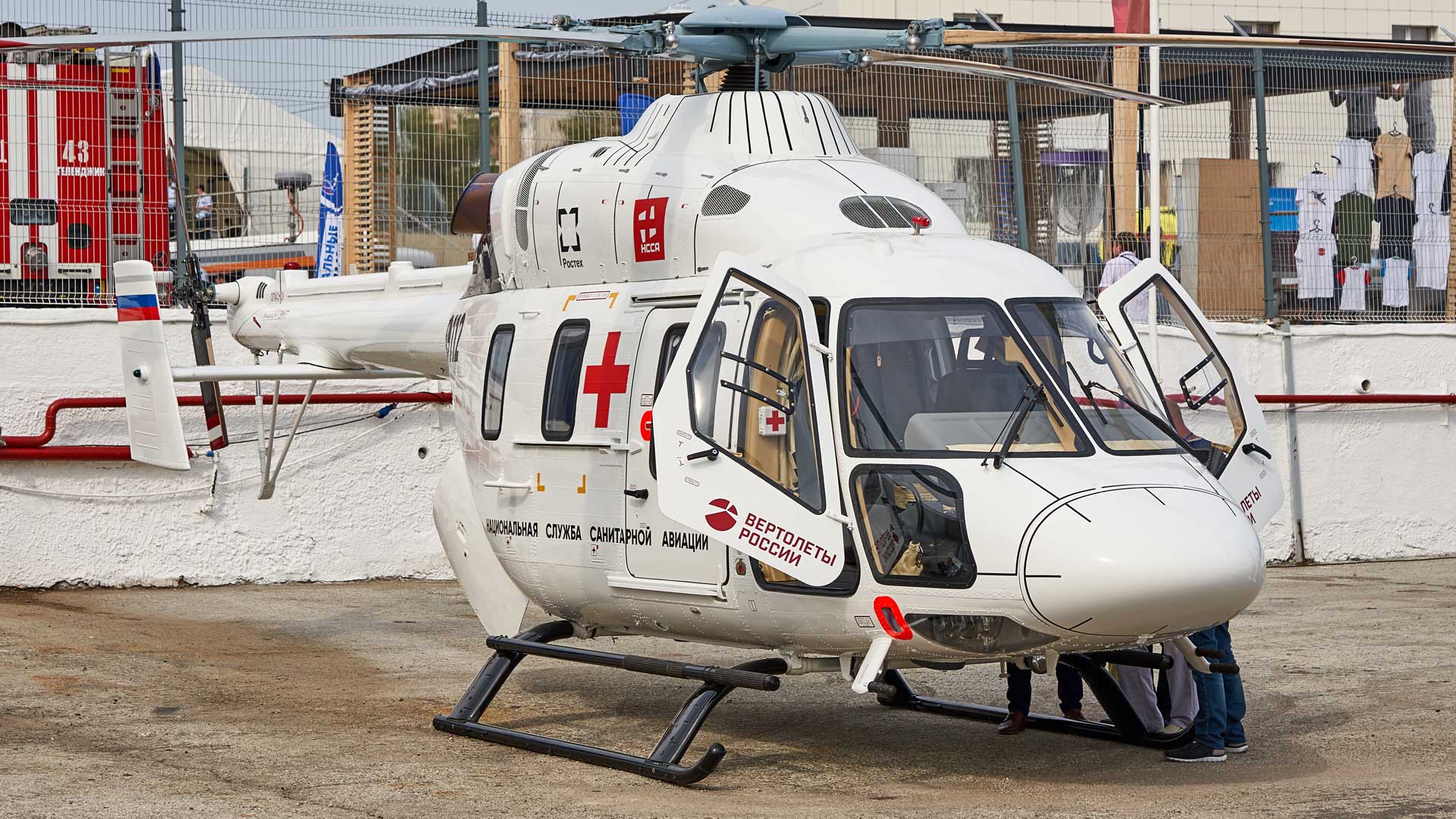Mission
The mission of the Centre for Global Trauma Quality Improvement (CGTQI), as established by the Society of Trauma Nurses (STN), is to advance global trauma quality improvement through a virtual network that encourages knowledge and resources to be collaboratively developed, freely shared, and broadly utilized across the world and across the continuum of trauma care.
The resources presented on this website are sourced from trauma practitioners, trauma centers and systems, professional societies, and public health organizations. This collaborative platform was created to serve as a centralized library of resources to assist with global trauma quality and performance improvement initiatives. Download the Executive Summary for more information.
Clinical Measures
Road traffic injuries kill more than 1.25 million people every year and are the number one cause of death among 15–29 year olds. Over 50 million people are also injured in non-fatal crashes every year, causing an enormous burden of disability. According to the Centers for Disease Control and Prevention’s National Center for Health Statistics (NCHS), unintentional injuries are the fourth leading cause of death in the US, and the leading cause of death for those between the ages of 1 and 44. Almost 40% of these deaths are preventable.
Transfer Procedures
When the transportation time to the hospital by ground ambulance is too long, either from traffic conditions, environmental or patient conditions, a helicopter evacuation might be necessary. Every agency has specific criteria (ACCT for Patients, World Health Organization) for the type of patient who may receive medical evacuation, and how and when to call for a medicav. Serious conditions that may require the use of helicopter medivacs may be found in remote areas and may involve spinal cord injuries, automobile accidents and wilderness accidents.






